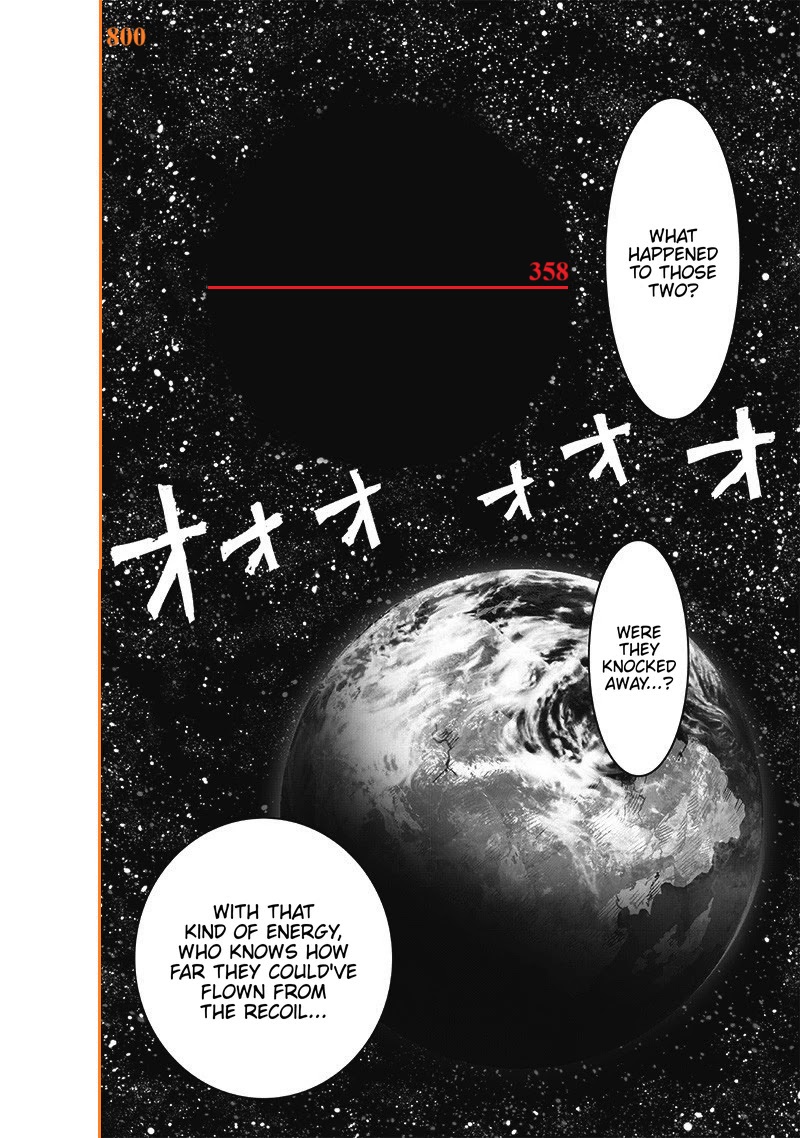- 15,490
- 10,296
As we can see, both Garou and Sanfona are 4-A, possibly 3-C because "matched Saitama's Serious Punch in a collision that caused countless stars to disappear, leaving behind a massive void in space, with the damage potentially extending out for intergalactic distances, given that galaxies are clearly depicted on other panels[4]"
but if the damage extended for intergalatic distances, by the sheer size alone, it is clearly more than a single galaxy, so, why are they 4-A, possibly 3-C instead of 4-A, possibly 3-B?
possibly multi-galaxy is more likely than just "galaxy", because if we acknowledge that the damage extended for intergalatic distances, the damage is clearly much higher than 3-C
but if the damage extended for intergalatic distances, by the sheer size alone, it is clearly more than a single galaxy, so, why are they 4-A, possibly 3-C instead of 4-A, possibly 3-B?
possibly multi-galaxy is more likely than just "galaxy", because if we acknowledge that the damage extended for intergalatic distances, the damage is clearly much higher than 3-C

